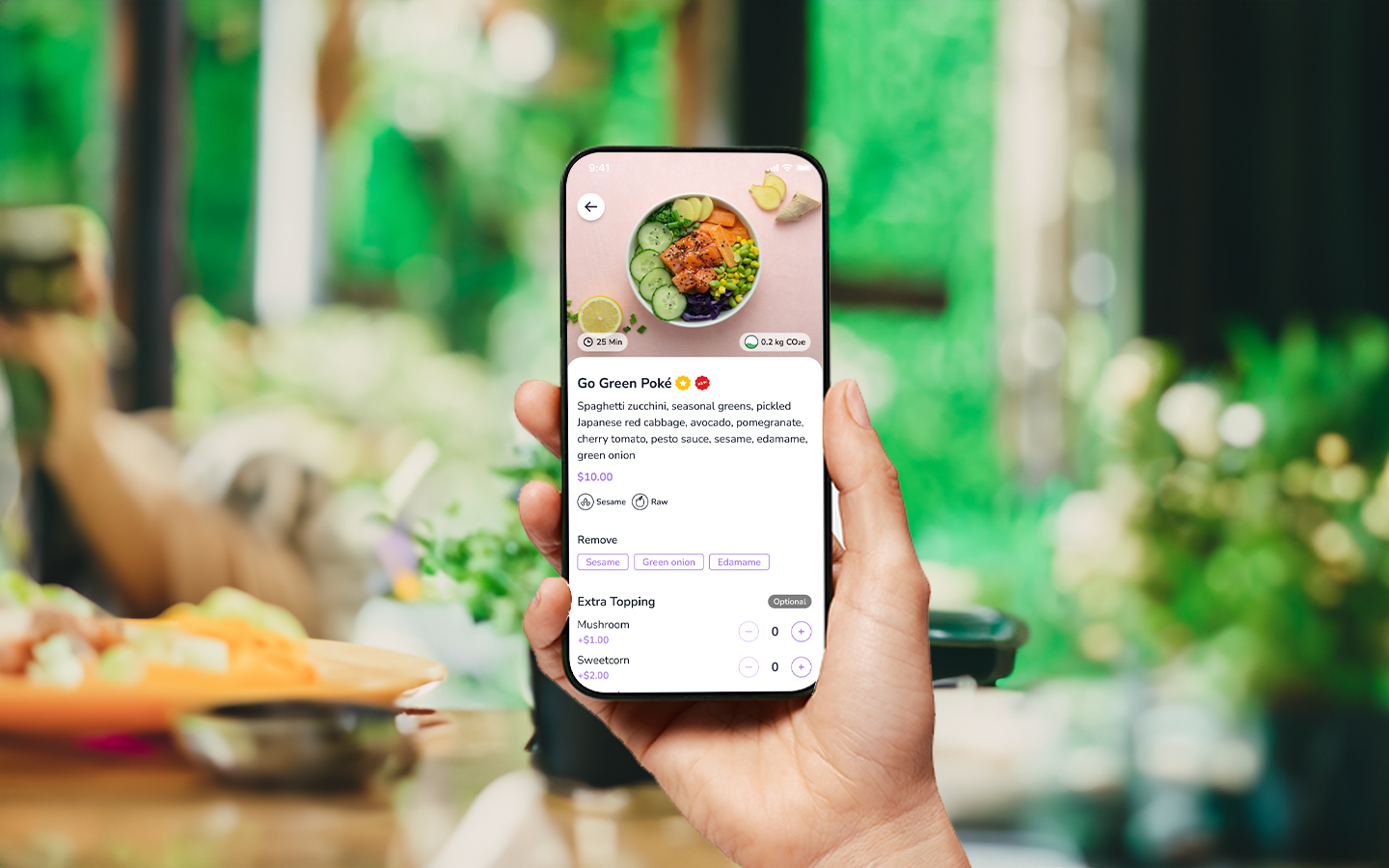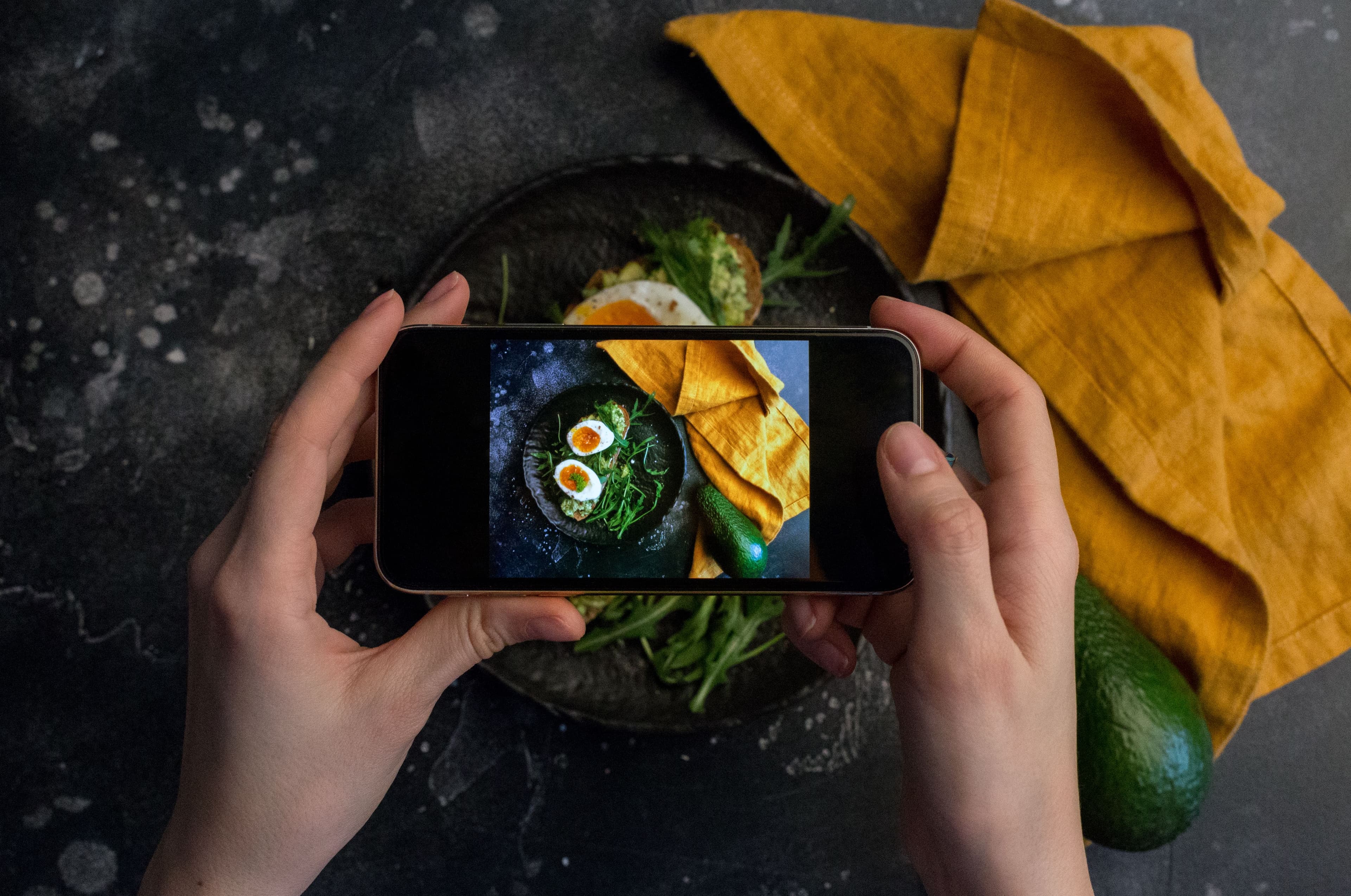A good menu is not just a list of food and beverage items. It is also an advertisement space for restaurateurs to generate more profit. You might be asking how a simple menu can generate more profits. The answer is simple: with menu engineering.
This blog post focuses on how the psychology behind the menus can enhance profits at restaurants.
What is Menu Engineering?
Menu engineering is the strategic structure of menus. It is frequently denoted as the psychology behind the menu creation. Menu engineering studies the profitability and popularity of menu items. When this is combined with branding, pricing, fonts & layout, and whether to use currency signs in menu pricing, it is possible to increase profits by up to 15%.
Menu engineering helps operators determine menu performance, whether menu items are priced correctly, and whether a change is needed in recipes, ingredients, or portions.
As a result, menu engineering allows restaurateurs to;
Make smart decisions based on popularity and profitability
Remove poor-performing items from the menu while introducing new profitable items
Stress more profitable menu items
Seize menu opportunities such as creating a new dish
Where items should be placed on menus to generate more sales
How Menu Engineering Works?
Step 1: Determine the cost of each item on your menu
Step 2: Understand which category your item belongs to based on its popularity and profitability and combine it with sales data
Step 3: Change and adjust your menu based on your findings
Determining the cost of each item on your menu
The first step of menu engineering is determining menu costing. This means analyzing every item on the menu breaking down its ingredients, and defining precisely how much it costs to create each menu item. Operators must also consider each food item's yield and include it in the costing structure.
While most POS providers and digital menus calculate for you, some operators do this manually with an Excel sheet.
The manual calculation could be difficult because it is open to calculation errors. However, if operators wish to make this calculation on their own, finding the right and most comprehensive Excel format is crucial.
Determine the prices of each item based on its profitability
The second step is deciding menu item prices based on the contribution margin and profitability. The contribution margin is the menu price minus its costs. While some operators make this calculation manually, most restaurant management software and POS brands can make this calculation for operators.
It is also essential to include other costs such as distribution, operating expenses, and other costs associated with the restaurants.
Since menu engineering focuses on maximizing the average contribution margin of each menu item by measuring its popularity, operators impact the purchasing decision.
Of course, this data comes from sales numbers. Sales numbers are the main driver that will show whether the product is worth selling or not.
This step is essential because it allows restaurateurs to categorize items into four categories based on their profitability and popularity.
Advanced software systems can measure this popularity and create a matrix for the operators. The four different categories based on profitability and popularity are.
1) Stars: Popular and Profitable
Stars are the most popular items. They also bring the most profit. Guests love to order these foods. So operators must make sure these items are visible on the menu to generate more profits.
2) Puzzle: Profitable and Unpopular
Puzzle items are profitable but hard to sell due to a lack of demand. Operators can enhance the purchasing decision by repositioning it or introducing upselling strategies. Restaurateurs may also want to adjust the price to increase demand as well.
3) Opportunities: Popular and Unprofitable
Opportunities are the items on the menu that are very profitable but hard to sell. By understanding why these items don’t sell enough, operators can make some adjustments to their menu, such as changing its price placement or including a description.
4) Dog: Unprofitable and Unpopular
These are the items that the consumers do not prefer. They are also unprofitable. Operators may remove these items to ensure menu efficiency. They can also remove/add new ingredients to make the dish more profitable.
Since the demand can change seasonally, and the prices or the ingredients fluctuate throughout the year, it is important to make these calculations periodically, either two or four times a year, to ensure the effectiveness of the menu.
Redesign your menu based on your menu engineering results
Once restaurateurs decide the category of each item, it is time to make the right adjustments and redesign the menu based on the factors we discussed above.
Making adjustments just based on the data could be misleading. Therefore, restaurateurs must collect feedback from their customers and learn from their feedback. With both data and customer feedback, it is possible to redesign restaurants’ menus.
What is the role of digital menus in menu engineering?
Advanced digital menu systems, such as FineDine, come with a user panel. Operators can find sales data, measure the performance of each of their items, and make smart decisions based on their findings.
Since this calculation is automatic, operators don’t need to worry about calculations and measuring the performance of their items. These panels are easy to understand, and there is almost no learning cost.
Digital menus don’t just provide sales numbers but also provide advanced analytics, such as clicking numbers or data based on artificial intelligence. This allows restaurateurs to understand the customer journeys and make smart decisions based on data.
Moreover, restaurants can also collect feedback from their mobile or tablet devices. The feedback module, along with the data mining feature, allows operators to see the overall performance of their venue. By combining this information, it is possible to boost sales and increase sales at restaurants.
About FineDine: FineDine is a growing tech company that provides data-driven digital tablets and QR menus for a smarter and more profitable dining experience with its menu management, order & payment solutions.
Our “Dine-In” and “Dine-Out” ordering solutions increase restaurants’ revenue by digitizing the dining, delivery & pick-up experiences.
FineDine tracks customer behavior and collects insights on what to keep and improve. The order management feature helps streamline the ordering process and improve table turnover.


